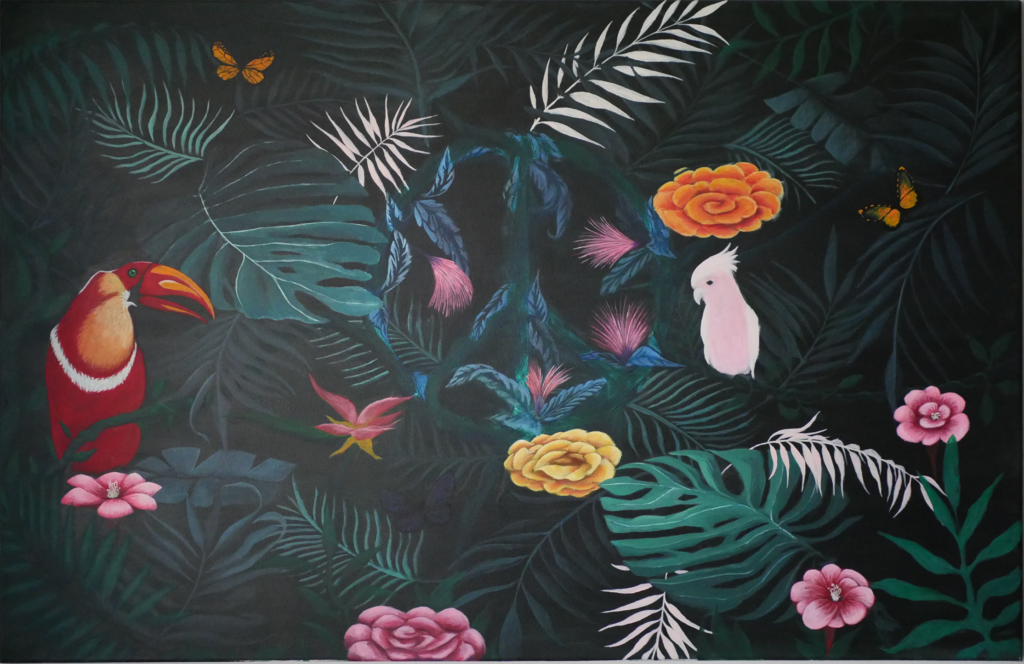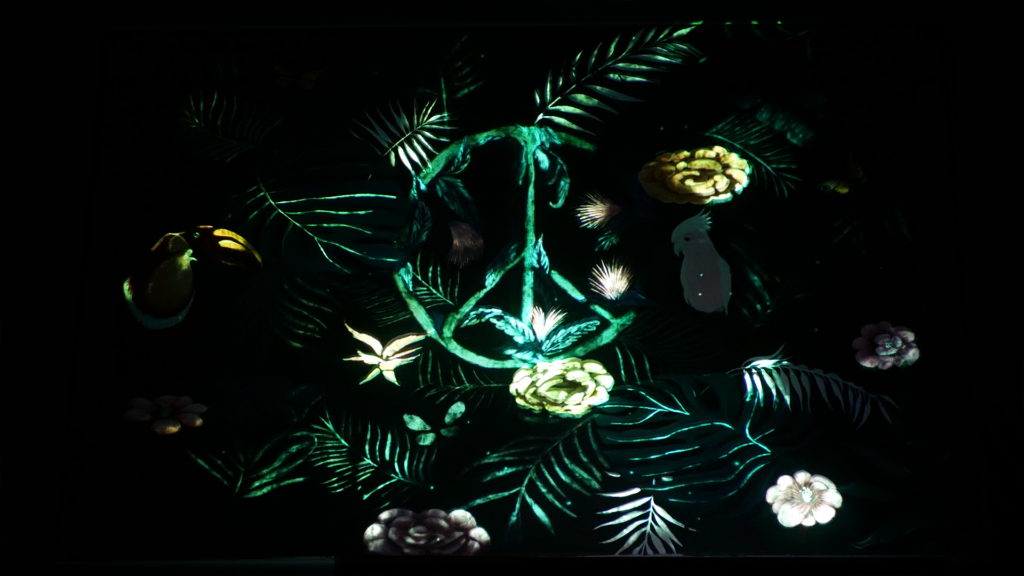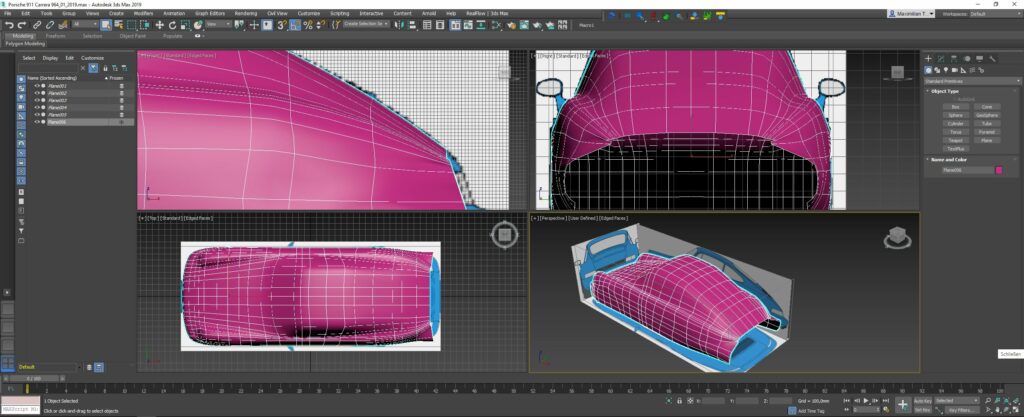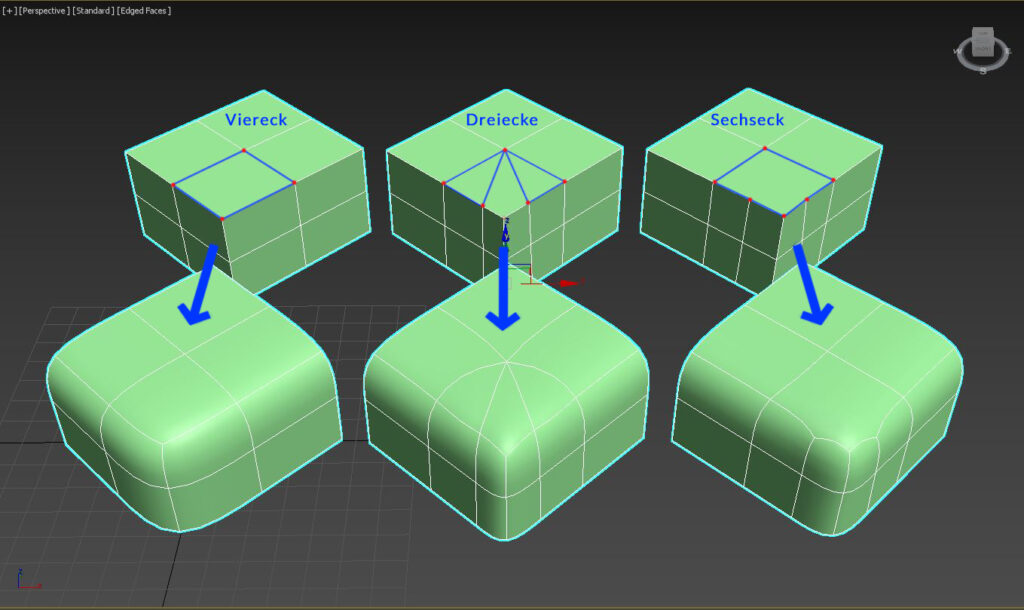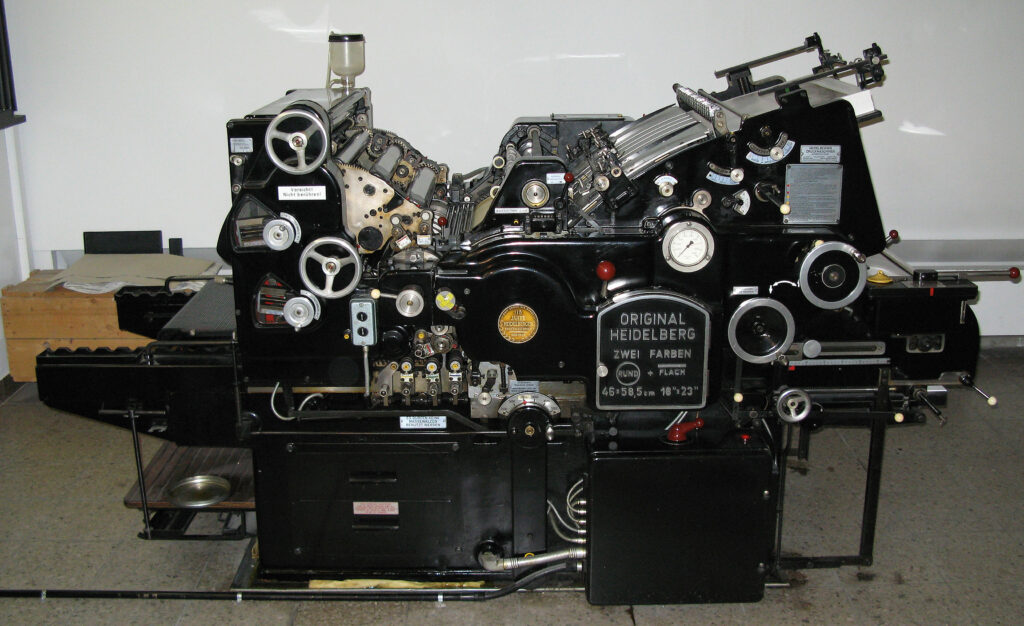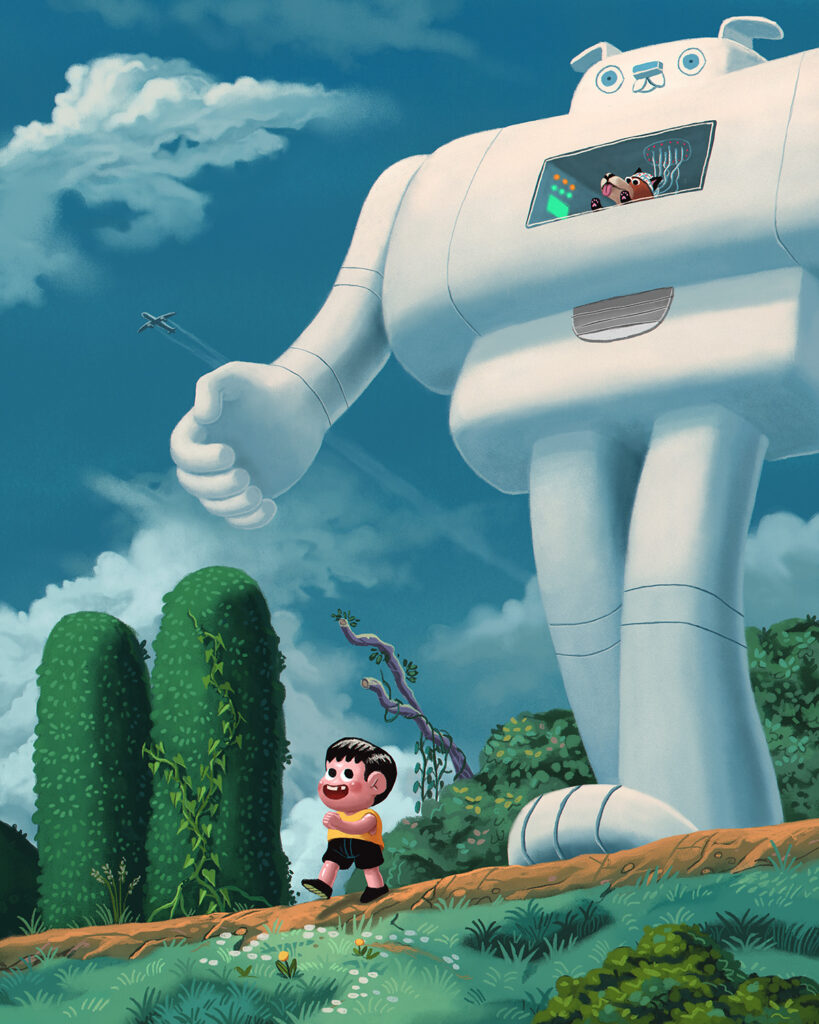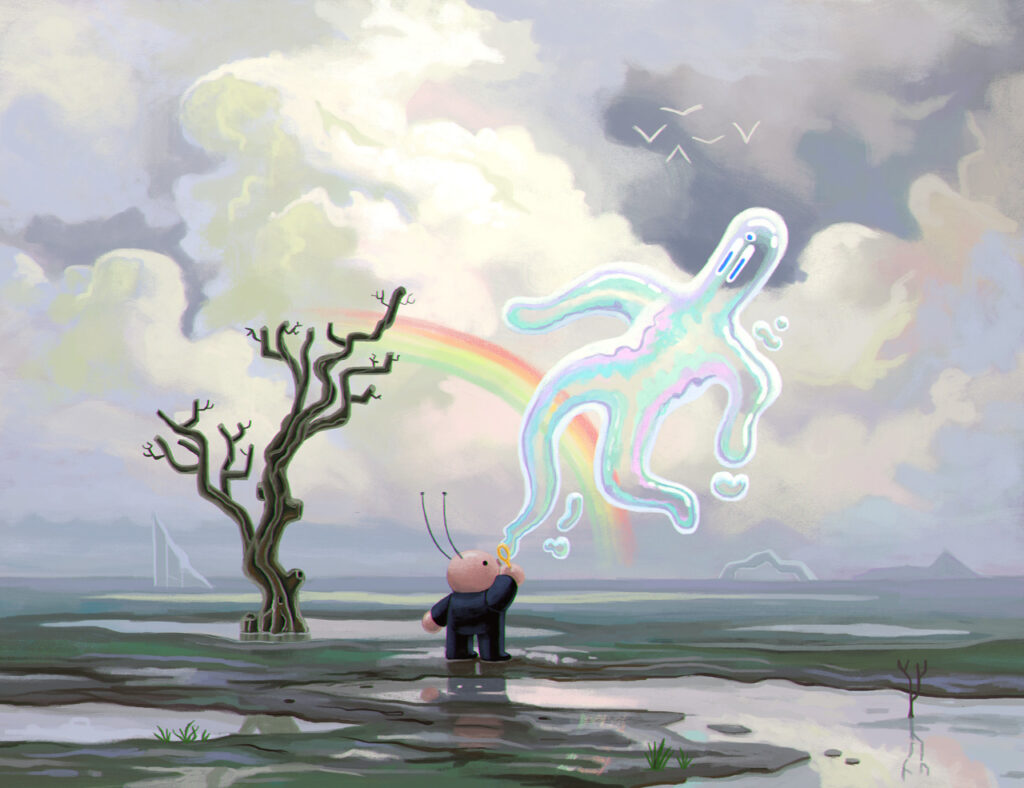Here is an interesting video on the sound design of magic in the Harry Potter series of films.
Before Harry Potter this video suggests that although there were some indications in literature as to what magic might sound like, that until the Harry Potter films came along the medium of film never seen such formalisation of the sound of magic, such a variety of spells cast with specific gestures and feelings. If the film makers didn’t quite know what that should all sound like they definitely knew that they didn’t want it to sound like shooting scenes from science fiction films.
In preparation fro the first Harry Potter film director Chris Columbus told supervising sound editor Eddy Joseph that he didn’t want anything modern, futuristic or electronic. Although the sound of magic did change and develop throughout the series of films, it is said that this was a mantra that the film makers and sound designers continued to hold to.
Instead if the spell that was being cast had a specific sound related to it then they would use that, like water, fire, freezing, etc. Sometimes the sound of what the spell is impacting is all that is needed. When it comes to levitation then silence works just fine. But there are plenty of examples where the magic doesn’t have a specific sound attached and this is where the sound designers get the chance to be creative.
There is no doubt that the sound of magic developed though the Harry Potter films but there was a major change when it came to to the 3rd film, The Prisoner of Azkaban, when out went the explosions and whooshes and in came much softer sounds for most of the spells, which has the effect of making the magic less aggressive and more mysterious and that is the style the team build on for the key patronus spell that is built out a chorus of voices.
Another development we see through the Harry Potter films is that see the spell sounds become more personal and appropriate for each character to give the impression that the spell comes out of the magician just like their breath.
Watch the video and hear and see the examples played out.


